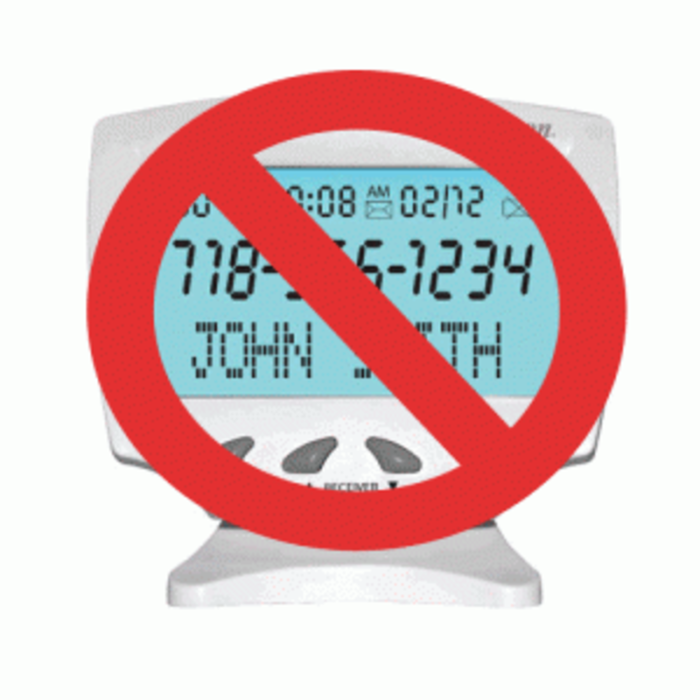Caller ID is supposed to be a bulwark when it comes to unwanted calls. Not anymore.
There are more than 200 million people on the Do Not Call Registry – which is clear and resounding proof that the majority of Americans do not want unsolicited phone calls. But some unscrupulous telemarketers are sneakily circumventing caller ID in an effort to trick people into picking up.
Picture this: Your phone rings and you lean over to the side table to check out who’s on the line. “Humane Soc.” or “IRS” pops up on the caller ID. How much more likely are you to pick up?
Sure, it could be the actual Humane Society of the U.S. calling you for a donation, or the “IRS” looking to clarify something on a form – but, more likely, it’s a crafty telemarketer on the other end.
Consumers no longer have the luxury of trusting their caller ID, reported The New York Times. More and more, telemarketers and others, such as debt collection agencies, are resorting to spoofing, the practice of altering what the recipients of a call sees on their caller ID screens – despite the fact that it’s illegal.
The Truth in Caller ID Act, passed in 2010, “prohibits caller ID spoofing for the purposes of defrauding or otherwise causing harm.” That however, is easier said than done. Internet calling and other technologies make it simpler for scammers and unscrupulous telemarketers to target unsuspecting consumers, while also making it more difficult to catch them in the act.
The problem is on the Federal Trade Commission’s radar, and for good reason. According to The New York Times blog Bits, the commission has received many complaints, although no action had been taken yet.
The telemarketing industry in general allowed itself to be regulated almost out of existence by the Do Not Call Registry, which made a huge sector of the population unavailable to them by phone. But fake caller ID? That doesn’t seem like the answer.








